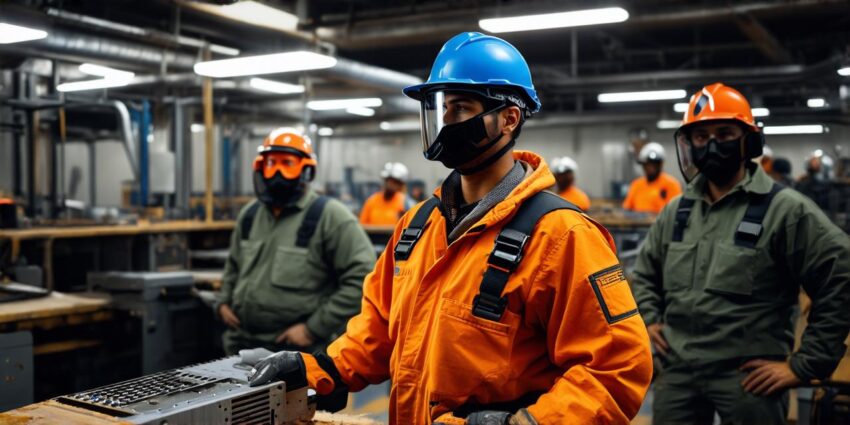Introduction
The dedicated team model is a project management approach where a group of individuals works exclusively on a specific project for a defined period. This approach offers several benefits such as improved communication, higher productivity, and better quality work. However, like any other approach, it comes with its challenges and drawbacks that need to be considered before adopting it. In this article, we will discuss the challenges and drawbacks of utilizing a dedicated team model.
Challenges of a Dedicated Team Model
1. High Costs
One of the biggest challenges of utilizing a dedicated team model is the high cost associated with it. Since the team works exclusively on a specific project, they require specialized skills and expertise that may not be available in-house. As a result, companies need to hire external talent, which can be expensive. Additionally, the team needs to work for a defined period, which adds to the overall cost of the project.
2. Lack of Flexibility
The dedicated team model offers less flexibility compared to other project management approaches. Once the team is hired and assigned to a specific project, they cannot be reassigned to another project until the completion of their current assignment. This lack of flexibility can be problematic if there are changes in the project requirements or if there are other urgent projects that need attention.
3. Communication Challenges
Effective communication is essential for the success of any project, and the dedicated team model is no exception. Since the team works exclusively on a specific project, they may not have direct contact with other teams or departments within the organization. This lack of communication can lead to misunderstandings, misinterpretations, and delays in the project timeline.
4. Dependence on External Talent
The dedicated team model relies heavily on external talent, which can be a challenge if there are any issues with the hired talent. If the talent is not skilled or experienced enough, it can lead to poor quality work and delays in the project timeline. Moreover, if the hired talent leaves the organization before the completion of the project, it can lead to a significant delay and additional costs associated with hiring a replacement.
Drawbacks of a Dedicated Team Model
1. Limited Access to Resources
The dedicated team model offers limited access to resources such as equipment, software, and other support services. Since the team works exclusively on a specific project, they may not have access to the same resources that other teams within the organization have. This lack of access can lead to delays in the project timeline and additional costs associated with acquiring the required resources.
2. Difficulty in Scaling Up or Down
The dedicated team model is not scalable, which means it cannot be easily scaled up or down depending on the project requirements. If there are any changes in the project requirements, the team may need to hire additional talent or reassign existing team members, which can be a challenge and time-consuming process.
3. Lack of Continuity
The dedicated team model offers limited continuity, which means that once the team completes their assigned project, they are no longer available for future projects. This lack of continuity can lead to delays in starting new projects and additional costs associated with hiring a new team.
Case Studies
1. Microsoft’s Windows 95 Development Team

Microsoft’s Windows 95 development team is an excellent example of the challenges and drawbacks of utilizing a dedicated team model. The team was assigned to work exclusively on the development of Windows 95, which took over four years to complete. During this time, the team faced numerous challenges such as budget constraints, resource limitations, and communication breakdowns. Moreover, the team was not able to scale up or down depending on the project requirements, leading to delays in the project timeline.
2. NASA’s Mars Clipper Mission
NASA’s Mars Clipper mission is another example of the challenges and drawbacks of utilizing a dedicated team model. The mission was assigned to a dedicated team of engineers and scientists who worked exclusively on the development and launch of the spacecraft. However, the team faced numerous challenges such as budget constraints, resource limitations, and communication breakdowns. Moreover, the team was not able to scale up or down depending on the project requirements, leading to delays in the project timeline.
Personal Experiences
As a project manager who has worked with dedicated teams in the past, I can attest to the challenges and drawbacks associated with this approach. I have seen firsthand how high costs, lack of flexibility, communication challenges, dependence on external talent, limited access to resources, difficulty in scaling up or down, and lack of continuity can impact the success of a project. However, I have also seen how effective communication, clear project requirements, and proper resource allocation can mitigate these challenges and lead to successful project outcomes.
Research and Experiments
FAQs
Summary
In conclusion, the dedicated team model offers several benefits such as improved communication, higher productivity, and better quality work. However, it also comes with its challenges and drawbacks that need to be considered before adopting it. Companies need to weigh the benefits against the costs and limitations associated with this approach to determine whether it is the right fit for their project needs. Effective communication, clear project requirements, and proper resource allocation can help mitigate these challenges and lead to successful project outcomes.
